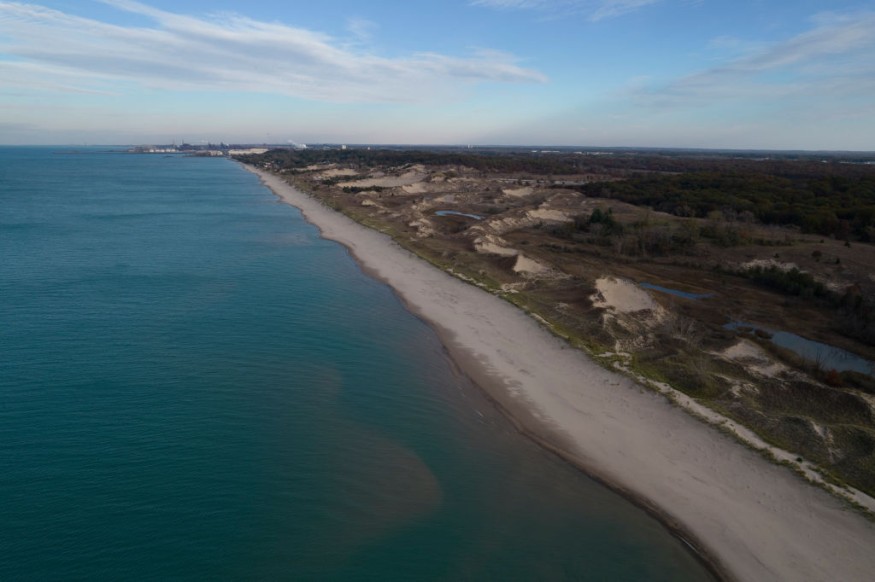
The data from the National Oceanic and Atmospheric Administration (NOAA) shows that the average ice cover over the five Great Lakes was only 6% last month, making it one of the least frosty Januarys since records were kept 50 years ago.
The Great Lakes, which include Superior, Huron, Michigan, Erie, and Ontario, are the biggest freshwater system in the world. They are situated at or close to the US-Canada border and are connected by a network of smaller lakes and rivers that together have a surface area of 95,000 square miles.
Rapid Ice Loss
Over 20% of the freshwater on Earth is found in the Great Lakes, with half of it found in Lake Superior, the largest and most northern of the five lakes.
Since 1973, the Great Lakes have seen a 25% decrease in the amount of ice cover throughout the basin and a general trend toward fewer frozen days.
James Kessler, a physical scientist and ice expert at NOAA's Great Lakes Environmental Research Lab, said the 5% reduction in the average amount of ice cover every ten years, which may not seem like much, is a significant drop.
"Open [unfrozen] lakes bring more rain rather than snow, which has knock-on environmental, cultural and societal impacts," he added.
While some year-to-year volatility in ice cover is typical, experts say global warming is causing ice loss and rising ocean temperatures, which will exacerbate if no action is taken soon.
Professor Sapna Sharma, a specialist in environmental stresses on lakes at York University in Toronto, stated that, in direct response to rising air temperatures, we are seeing rapid ice loss and rising summer water temperatures.
Water System
Sharma disclosed that the Great Lakes currently have substantially decreased ice cover and, in many areas, no ice at all. Large and deep lakes, including bays in Lake Michigan and Superior, are most likely to permanently lose ice cover as early as the 2060s if greenhouse gas emissions are not controlled.
Up until roughly 1997, ice records from 1857 indicate that several bays on Lake Superior froze every winter. Since then, some people have seen completely ice-free winters as a result of increased global warming.
Because of the depth and breadth of the water system, what happens in the Great Lakes is not contained within.
In years with little or no ice cover, the lakes experience increased evaporation rates, warmer water, and lower oxygen levels, making it difficult for native cold water species to thrive and having a knock-on impact across the food chain.
Increased evaporation rates cause lower water levels and fewer wetlands in the surrounding areas, putting further strain on animal species that are already struggling to obtain food and adapt to rising temperatures.
The snow and ice are fundamental to Great Lakes culture and tourism, and the region offers a variety of outdoor sports such as tobogganing, outdoor skating, dog sledding, and ice fishing, as well as a multibillion-dollar snow removal industry. Recreational activities are discontinued in warmer winters, tourism suffers, and drownings increase as ice becomes more unstable.
Less ice also allows hundreds of cargo ships to travel the Great Lakes all year, using fewer ice breakers to open shipping lanes and saving money for the commercial shipping industry.
Related Article : Invasive Snails Killing Great Lake Birds
© 2025 NatureWorldNews.com All rights reserved. Do not reproduce without permission.





